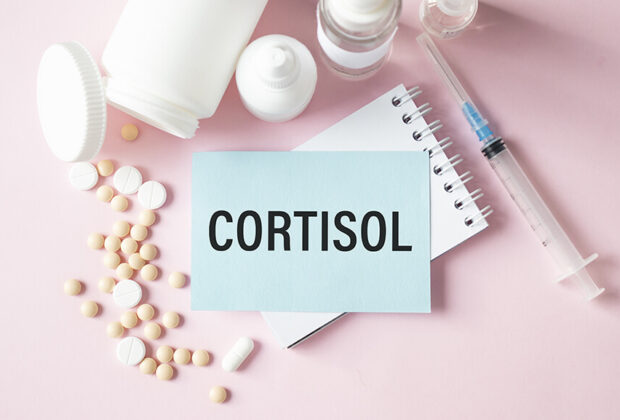The stress hormone cortisol plays a significant role in your body’s health and helps regulate blood pressure, sugar levels, and immune function. Raised or low cortisol levels can cause symptoms such as fatigue, weight loss, and mood changes.
There are a few ways how to test for cortisol levels at home; it can be tested in blood, urine, or saliva. They are usually conducted twice daily to track how your cortisol levels change over time.
Urine
The cortisol test measures how much of the hormone is in your urine. It is a quick and easy way to look at your body’s response to stress and can be used to diagnose various conditions such as Cushing syndrome and Addison disease.
The test requires a 24-hour urine sample and is usually performed three or more times to give a more accurate picture of average cortisol production.
It is essential to follow the instructions carefully to get accurate results because cortisol levels can vary throughout the day. It can skew the test results, so you might be asked to collect samples at different times during the day to ensure that your urine is as concentrated as possible.
You’ll also need to avoid taking medications such as antibiotics and biotin supplements for three days before the test.
In addition, the company advises that people with regular menstruation should take their samples between days 19 and 21 of their cycle. It also suggests that people should stop taking hormonal medication and not eat certain foods before taking their sample, such as dairy products, soy products, chocolate, or meat.
Saliva
Cortisol is a hormone that helps control blood sugar levels and energy metabolism. It is produced by the adrenal glands and released in response to stress or other conditions. People with high or low cortisol may have symptoms like weight loss, darkened skin, and mood changes.
Your body’s level of cortisol can be tested by collecting a sample of saliva or urine and sending it to a lab. You can take a saliva test at a doctor’s office or lab or get one from a home testing company.
Saliva is a good test because it can help show whether your cortisol level is normal or elevated. It can help you tell when you need to see your doctor.
A saliva cortisol test is usually done with a kit to collect a saliva sample at home before you go to bed when cortisol levels are lower. It would be best if you did not eat or drink anything for 30 minutes before the test.
To collect a saliva sample, use the kit’s swab to take a piece of saliva from the inside of your mouth. First, rinse your mouth with water to help you spit the sample into the tube. Then, roll the swab in your mouth or hold it under your tongue for 2 minutes until you have an entire mouthful of saliva.
Spit the sample back into the swab without touching it, and close the tube when you’ve finished. Then, follow the instructions on the package to send it off.
The saliva cortisol test can detect Cushing’s syndrome or Addison’s disease, which affects how the body uses cortisol. It can also monitor your stress levels or identify signs of an adrenal problem. In addition, it can help you and your doctor determines how to treat your condition.
Blood
Cortisol is an important hormone that controls blood pressure, the body’s response to stress, and the digestive and immune systems. The adrenal glands and the pituitary gland produce it. When your adrenals aren’t working correctly, you can experience various symptoms.
Your doctor may order a test for cortisol levels to find out why you have these symptoms. They can also help you to develop a plan for treatment if cortisol is the cause of them.
The test can be done at a medical practice or home using a urine, blood, or saliva sample. Once a lab analyzes the sample, you can get your results in a few days.
A blood test will typically be taken twice during the day, once in the morning when your cortisol levels are at their highest and again around 4 pm. Then, the samples are returned to the lab for testing.
An at-home cortisol test kit can be purchased online. They also advise that people with regular menstruation patterns collect their samples between days 19 and 21.
Some at-home tests are simple finger-prick tests and require only one sample. However, it’s a good idea to follow all instructions carefully to avoid errors.
Some kits require you to collect multiple samples throughout the day. It allows for more accurate measurements as cortisol levels fluctuate throughout the day. You will receive a report of your test results in the mail.
Read Full Article




Recent Comments